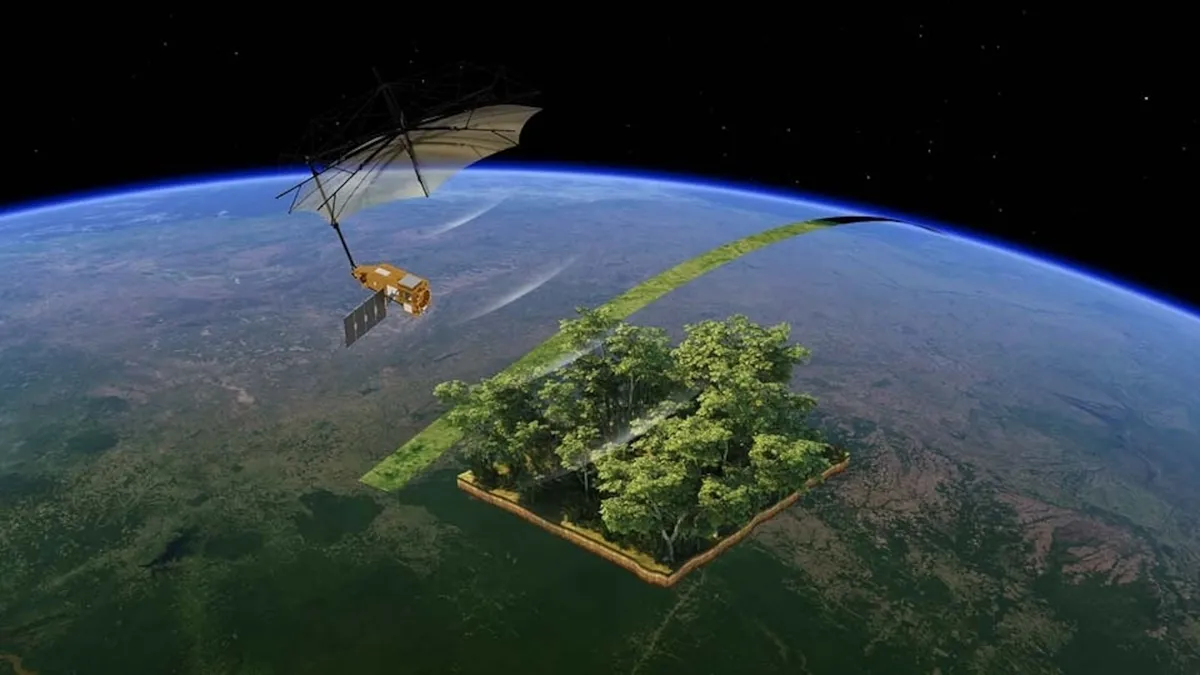
Earth's forests are essential for maintaining a habitable planet, often referred to as the lungs of the Earth. Covering nearly one-third of the planet's surface, these vital ecosystems absorb vast amounts of carbon dioxide from the atmosphere while producing the oxygen necessary for our survival. According to NASA, forests globally sequester about 7.6 billion metric tons of CO2 each year. However, this figure is merely an estimate, as human industrial activities continue to release more greenhouse gases, exacerbating climate change.
Understanding how our forests respond to the increasing levels of greenhouse gas emissions and threats such as deforestation and wildfires poses significant challenges. The dense vegetation and hard-to-penetrate canopies of forests complicate efforts to monitor their health and carbon dynamics. As climate change progresses, it becomes increasingly crucial to assess how these ecosystems adapt and what measures can be taken to protect them.
In a significant advancement for environmental monitoring, the European Space Agency (ESA) successfully launched its Biomass satellite into orbit on Tuesday. This innovative satellite is equipped with the first P-band synthetic aperture radar in space, functioning similarly to an MRI machine. It is designed to deliver comprehensive 3D maps of the planet's forests, penetrating deep into the vegetation to gather critical data regarding the forests' carbon absorption and emission behaviors.
With the capabilities of the Biomass satellite, we are positioned to collect essential new data on the carbon stored within the world's forests. This information will help bridge significant gaps in our understanding of the carbon cycle and, thereby, Earth's climate system. Simonetta Cheli, ESA's director of Earth observation programmes, emphasized the importance of this mission in a recent statement.
When left undisturbed, forests act as carbon sinks, storing more carbon than they emit. Unfortunately, human-driven land use changes, including degradation and deforestation, particularly in tropical regions, are reversing this trend. As forests release increasing amounts of carbon back into the atmosphere, the implications for climate change become more severe. ESA's Biomass mission aims to enhance our ability to quantify forest carbon stocks and fluxes, which are crucial for understanding the impacts of climate change.
The Biomass satellite will focus on measuring the trunks, branches, and stems of trees that populate Earth's forests. These measurements will serve as a proxy for determining carbon storage, which is a primary objective of the mission. According to ESA, approximately 50 companies, including project lead Airbus UK, played a key role in the development of the satellite.
In the coming days, mission controllers will work diligently to verify the satellite's functionality and ensure that all systems are operating as intended. Once fully operational, the Biomass mission is expected to span five-and-a-half years, during which it will provide invaluable insights into the state of our forests and their role in mitigating climate change.